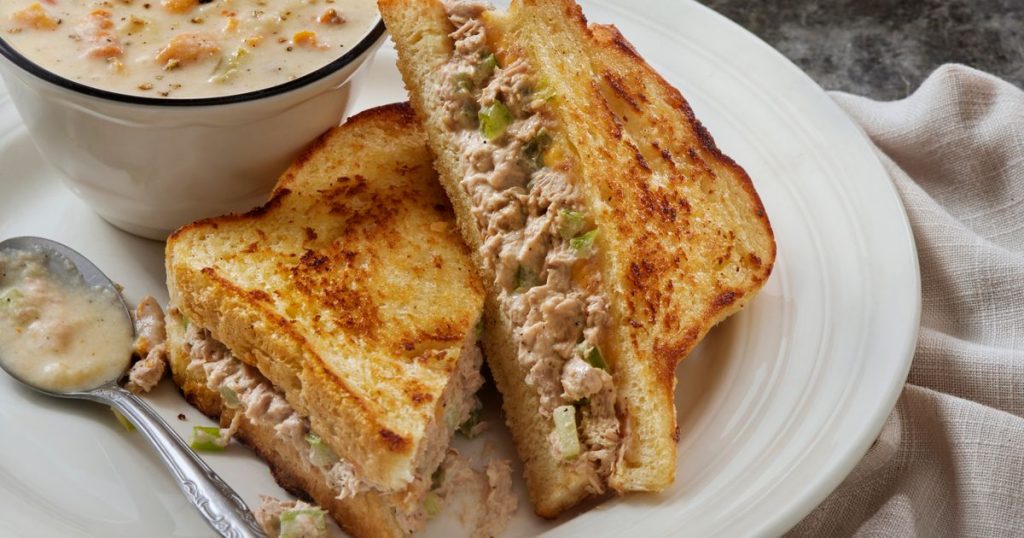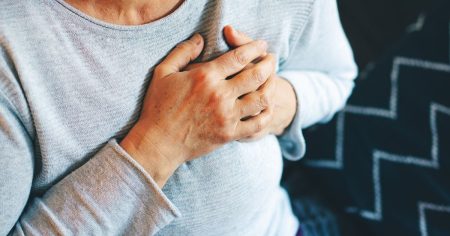The Rising Concern of Microplastics in Our Food: What You Need to Know
Food contaminants have always been a topic of interest for consumers, as we naturally want to understand what we’re putting into our bodies when we buy, prepare, and eat our food. In recent years, social media has amplified these conversations, bringing food safety issues to a broader audience. One topic that has gained significant attention is microplastics. TikTok and other platforms buzzed with discussions about these tiny particles, sparking curiosity and concern. But what exactly are microplastics, how do they find their way into our food, and what potential health risks do they pose? To answer these questions, we consulted food scientists, physicians, and food safety experts to provide a comprehensive overview of this increasingly discussed issue.
What Are Microplastics?
Microplastics are tiny plastic particles that are less than 5 millimeters in size, often invisible to the naked eye. Dr. John La Puma, founder of ChefMD and Chef Clinic, explains that these particles are incredibly small—about the size of a pencil eraser. Jessica Gavin, a certified food scientist in Orange County, California, adds that microplastics are solid particles made from synthetic polymers, which do not dissolve or degrade naturally and can persist in the environment for a long time. They can either be manufactured as small resin pellets found in various consumer products or result from the breakdown of larger plastic items.
An even smaller and more insidious form of these particles is nanoplastics, which are less than one micron wide—much thinner than human hair and invisible to the naked eye. Gavin notes that nanoplastics vary in size, shape, and color and include different synthetic materials and chemical additives. These particles are so small that they can easily go unnoticed, yet they pose potential risks to our health and the environment.
How Do Microplastics Enter Our Food?
Microplastics enter our food through various routes, including contamination of water sources, soil, and air. Gavin explains that these particles primarily enter our food through environmental contamination, as plastics break down in landfills and leach into the soil and water where food is grown or caught. As a result, microplastics can be found in a wide range of foods, including seafood, fish, crustaceans, salt, honey, and even bottled and drinking water.
Matt Allen, senior director of food advisory at the National Science Foundation, highlights that microplastics can also be transferred to humans through the food supply chain. For example, seafood can contain microplastics because plastic waste in the ocean is ingested by sea life, and larger sea animals consume smaller organisms, magnifying the concentration of microplastics. Similarly, animals like chickens and cows may consume feed or prey containing microplastics, which can then be passed on to humans who eat these animals.
Another potential source of microplastics is plastic food packaging. Allen notes that microplastics may be present in ingredients used in food production or in food packaging, such as plastic wrappers or containers that can transfer microplastics into food as they degrade or come into contact with it. However, Gavin points out that while plastic packaging is a concern, the FDA states there is currently insufficient evidence to confirm whether microplastics migrate from packaging into food and beverages.
The Potential Health Consequences of Consuming Microplastics
The health impact of consuming microplastics is a pressing question, but the answer is not yet fully understood. Gavin explains that while consuming microplastics may cause health issues, the full effects on humans are still being studied, and more detailed research and safety guidelines are needed to assess their impact. From La Puma’s perspective, microplastics could have serious health consequences, as they can act as endocrine disruptors, trigger inflammation, and potentially cause long-term organ damage. They may also carry toxins and pathogens into the body, exacerbating their harmful effects.
Allen adds that while larger microplastic particles cannot be absorbed by the body, they may carry harmful chemicals that can cause damage. Nanoplastics, which are even smaller, are more concerning because they can be absorbed by the body. Current evidence suggests that these particles may be distributed throughout the body, including the brain, placenta, veins, arteries, and other organs. This could lead to inflammation and stress, affecting the gut, immune system, nervous system, reproduction, and cardiovascular system. However, the long-term health effects of exposure to nanoplastics are still unclear, leaving researchers and consumers with significant concerns.
Reducing the Amount of Microplastics You Ingest
While completely avoiding microplastics in today’s world may not be realistic, there are steps you can take to limit your exposure and reduce their negative impact on the environment. La Puma advises embracing whole, unprocessed foods, as ultraprocessed and packaged items are not only nutritionally inferior but also potential delivery systems for microplastics. Choosing fresh, whole foods can significantly reduce your exposure to these particles.
For grocery shopping, Dr. Amy Myers, a functional medicine physician, recommends avoiding plastic-wrapped produce, as plastic packaging often contains harmful chemicals. Instead, bring reusable cloth or mesh produce bags to the store to minimize plastic use. Additionally, Gavin suggests replacing plastic storage containers and kitchen tools with glass or steel alternatives. Using wood or silicone cutting boards, storing food in glass or steel containers, and choosing glass or steel bottles for drinking can help reduce microplastic exposure, especially when dealing with hot foods.
Allen also emphasizes the importance of following manufacturer guidelines when using plastic food equipment, such as cutting boards, utensils, and nonstick pans. Avoid using plastic items like takeout containers or utensils with very hot foods, in microwaves, or in dishwashers, as high temperatures can cause plastic to break down and migrate into food.
The Future of Microplastics: Legislation and Awareness
As awareness of microplastics continues to grow, it’s likely that new regulations and standards will be developed to address this issue. Allen predicts that government regulations will soon require manufacturers, packagers, and supply chains to consider the fate and risks associated with microplastics. These changes could significantly reduce the presence of microplastics in food and the environment.
In the meantime, staying informed and taking proactive steps to minimize microplastic exposure is crucial. By making conscious choices about the foods we buy, the packaging we use, and the products we consume, we can reduce our own exposure and contribute to a larger movement toward a healthier and more sustainable food system. While the science is still evolving, one thing is clear: microplastics are a growing concern that demands our attention and action.














